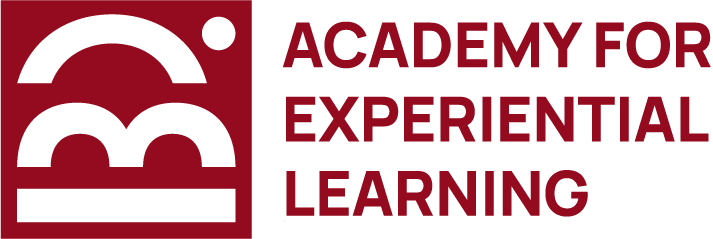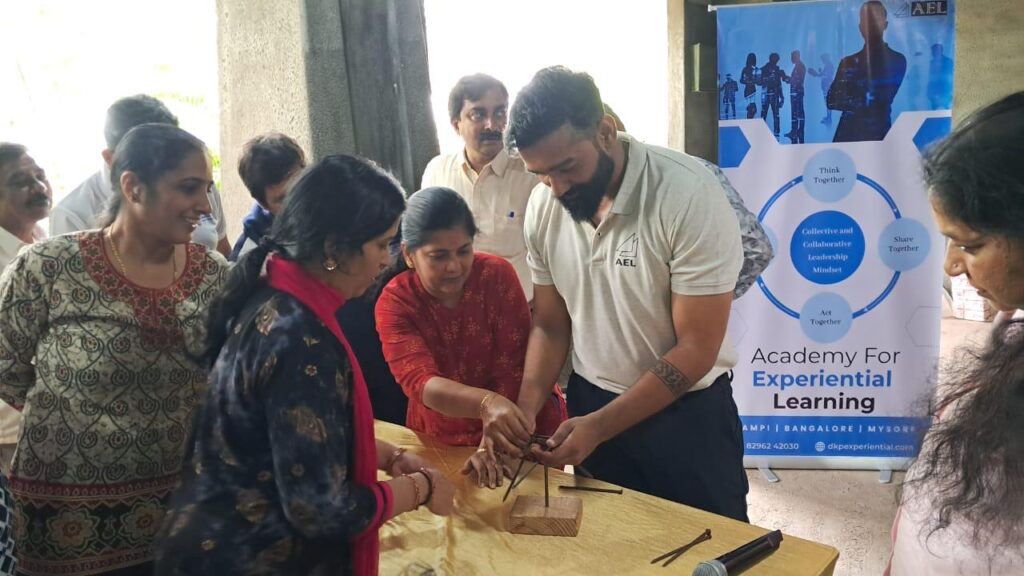These concepts help understand group dynamics, enhance communication, foster collaboration, and ultimately build a more cohesive and effective team. Here’s a detailed overview:
1. Team Development Stages (Tuckman’s Model)
Bruce Tuckman proposed a model that describes the stages teams typically go through as they develop. These stages are:
Forming: Team members get to know each other and understand the team’s goals and boundaries. This stage is often exciting and anxious.
- Example: During a new project team’s initial meeting, members introduce themselves and discuss their backgrounds and expectations.
Storming: Conflicts and competition emerge as team members assert their opinions and challenge the status quo. This is a critical phase during which misunderstandings and power struggles can arise.
- Example: Team members may disagree on the best approach to a project, leading to debates and tension.
Norming: The team establishes norms and roles, increasing cooperation and cohesion. Trust and communication improve as conflicts are resolved.
- Example: The team agrees on communication protocols and decision-making processes, leading to smoother interactions.
Performing: The team reaches a stage where it functions efficiently towards achieving its goals. Members are motivated, competent, and collaborate effectively.
- Example: A team successfully executes a project, meeting deadlines and exceeding quality standards.
Adjourning: The team disbands after achieving its goals. Members reflect on their experiences and celebrate their successes.
- Example: After completing a successful project, the team holds a wrap-up meeting to discuss lessons learned and celebrate achievements.
2. Belbin’s Team Roles
Meredith Belbin identified nine roles that individuals typically assume within a team. Understanding these roles helps in building balanced teams:
- Plant: Creative and innovative, they generate ideas.
- Resource Investigator: Extroverted and enthusiastic, they explore opportunities.
- Co-ordinator: Mature and confident, they clarify goals and delegate tasks.
- Shaper: Challenging and dynamic, they drive the team towards action.
- Monitor Evaluator: Analytical and impartial, they make critical judgments.
- Teamwork: Cooperative and diplomatic; they support team cohesion.
- Implementer: Practical and reliable. They turn ideas into actions.
- Completer Finisher: Detail-oriented. They ensure tasks are completed to high standards.
- Specialist: Provides in-depth knowledge in a specific area.
Example: In a product development team, a Plant might develop innovative features, while an Implementer focuses on turning these ideas into a marketable product.
3. Communication Styles and Techniques
Effective communication is crucial in team building. Understanding different communication styles and techniques can help address misunderstandings and ensure clear and open dialogue. Key communication styles include:
- Assertive: Clear, direct, and respectful communication
- Aggressive: Forceful and dominating, often disregarding others’ feelings.
- Passive: Indirect, often avoiding confrontation.
- Passive-Aggressive: Indirectly expressing negative feelings.
Example: A team leader practising assertive communication might openly discuss a missed deadline, focusing on finding solutions rather than assigning blame.
4. Conflict Resolution and Management
Conflicts are inevitable in any team. Effective conflict resolution strategies include:
- Negotiation: Finding a mutually acceptable solution.
- Mediation: Involving a neutral third party to facilitate a resolution.
- Collaboration: Working together to find a win-win solution.
- Compromise: Each party gives up something to reach an agreement.
Example: Two team members disagree on resource allocation. A mediator helps them discuss their concerns and find a compromise that satisfies both.
5. Emotional Intelligence (EI)
EI involves understanding and managing your own emotions and those of others. It includes:
- Self-awareness: Recognizing your emotions and their impact.
- Self-regulation: Managing your emotions and impulses.
- Empathy: Understanding others’ emotions and perspectives.
- Social skills: Building and managing relationships.
Example: A team member with high EI might notice a colleague’s frustration and offer support or a listening ear, helping to diffuse potential conflicts.
6. Team Building Activities and Exercises
Practical activities designed to improve team dynamics include:
- Icebreakers: Activities that help team members get to know each other.
- Problem-solving challenges: Tasks that require collaboration to solve.
- Role-playing: Scenarios that help develop communication and empathy.
- Trust-building exercises: Activities that build trust and reliability.
Example: A team might engage in a problem-solving challenge where they must work together to build a tower using limited materials, fostering collaboration and creative thinking.
7. Leadership Styles
Different leadership styles can influence team dynamics and performance. Key styles include:
- Transformational Leadership: Inspiring and motivating team members to exceed their potential.
- Transactional Leadership: Focused on structured tasks and rewards.
- Servant Leadership: Prioritizing the team’s needs and well-being.
- Autocratic Leadership: Making decisions unilaterally.
- Democratic Leadership: Involving team members in decision-making.
Example: A transformational leader might encourage a team to innovate and take ownership of their work, leading to increased motivation and productivity
8. Diversity and Inclusion
Embracing diversity in teams involves recognizing and valuing differences in backgrounds, perspectives, and experiences. Inclusive teams are often more creative and resilient.
Example: A diverse team working on a marketing campaign might come up with more varied and innovative ideas due to their different cultural perspectives.
9. Team Chartering
A team charter is a document that outlines the team’s mission, objectives, roles, and responsibilities. It serves as a guide and reference for the team’s work.
Example: At the beginning of a new project, a team creates a charter that defines their goals, individual roles, and how they will communicate and make decisions.
10. Feedback and Continuous Improvement
Regular feedback helps teams to reflect on their performance and identify areas for improvement. Constructive feedback fosters growth and development.
Example: After a project, a team holds a retrospective meeting to discuss what went well, what could have been better, and how they can improve in future projects.


